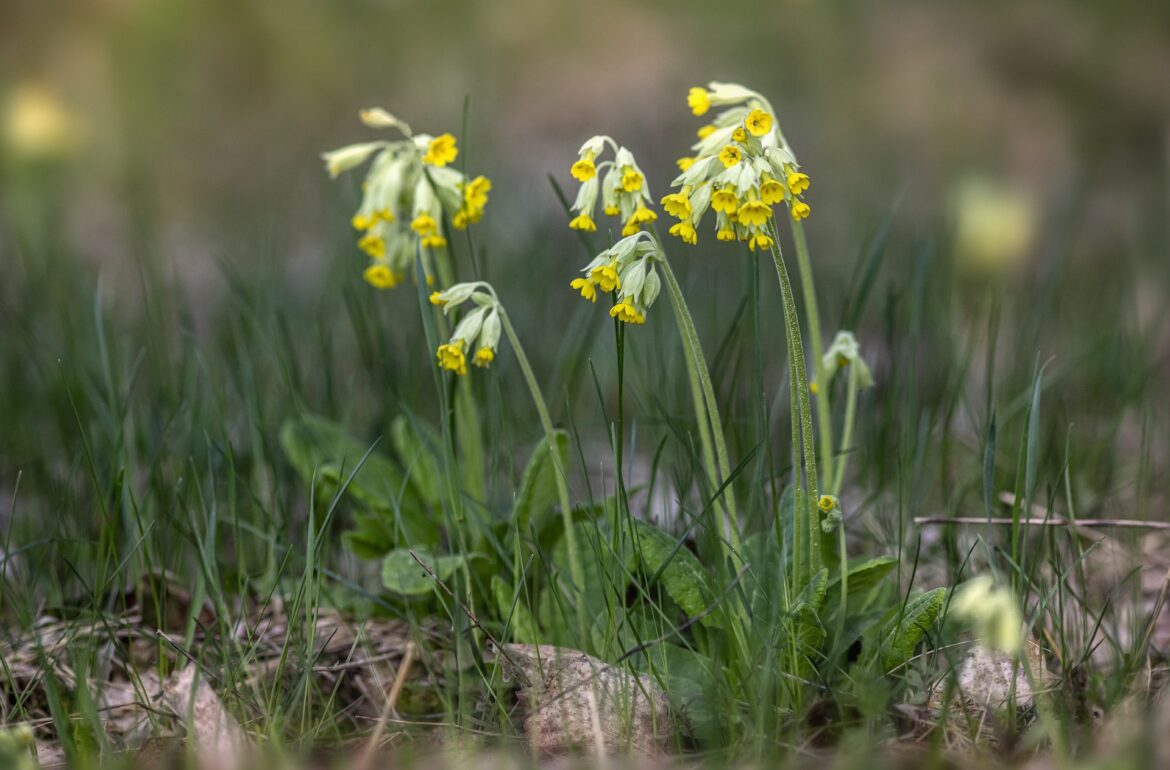Over the course of four years, citizen scientists have made over 900,000 observations of cowslips and provided specialists with data on the number and types of cowslips they encountered in the field. This has led to an unexpected discovery.
“We expected that there would be an equal number of S and L blooms. This has been established in prior research on the cowslip, but tens of thousands of observations show that there are not equal quantities of each flower type, which is a very unexpected result. The frequency of flower varieties in small herbaceous populations is significantly out of proportion,” Tsipe Aavik, an associate professor at the Institute of Ecology and Earth Sciences, University of Tartu, said.
Now it’s time to find out why. “As part of this new initiative, we are trying to determine why these results are as they are. Whether one of the causes is, for example, a change in the species composition of pollinators, pollinating insects or species diversity,” Aavik explained.
Cowslip flowers constitute for scientists a model system for studying the effects of landscape changes not only on species but also on species richness and species interactions. “Insects pollinate the cowslip plant and, consequently, the cowslip has been affected by the significant changes that have occurred over the past century. Perhaps that’s why the cowslip is undergoing unexpected changes,” Aavik said.
This year, pan-European cooperation and cowslip observation continue. Warm spring weather has encouraged the blooming of wildflowers, and scientists are once again urging the public to participate in the cowslip observation. “We especially value observations in which people return to the same locations they observed flowers in previous years and provide us with data. We still have very little understanding of what happens over time in the same location over time with a given cowslip population,” she said.
How can a citizen scientist help?
Citizen scientists are primarily tasked with distinguishing between the two cowslip blossom types and determining their prevalence. There are two blossom varieties. When observing the flower of an S-type plant, only the anthers are visible, as the style is concealed and, therefore, not visible. In contrast, L-type flowers have an elongated style and low anthers.
You would have to look inside about 100 flowers in a single meadow flower cluster to determine whether they are of the S- or L-type. There may be fewer plants in a cluster, which is also acceptable. Data from smaller herbaceous clusters are of great value as well.
To determine whether the size of a plant colony influences the frequency of various flower types, the researchers ask the observer to identify whether the colony is indeed small, with fewer than 100 plants, or large, with hundreds or thousands. If possible, participants should also photograph the observation and the plants they observed.
The data and images can be uploaded to www.nurmenukk.ee either on the spot with a mobile device or later with paper and pen. The site also provides all of the necessary information for participants.
Observations should be undertaken with caution and care without disturbing the natural environment.
Written by: Maarja Merivoo-Parro. This article was originally published in the Estonian Public Broadcasting science news portal.
 Back
Back



